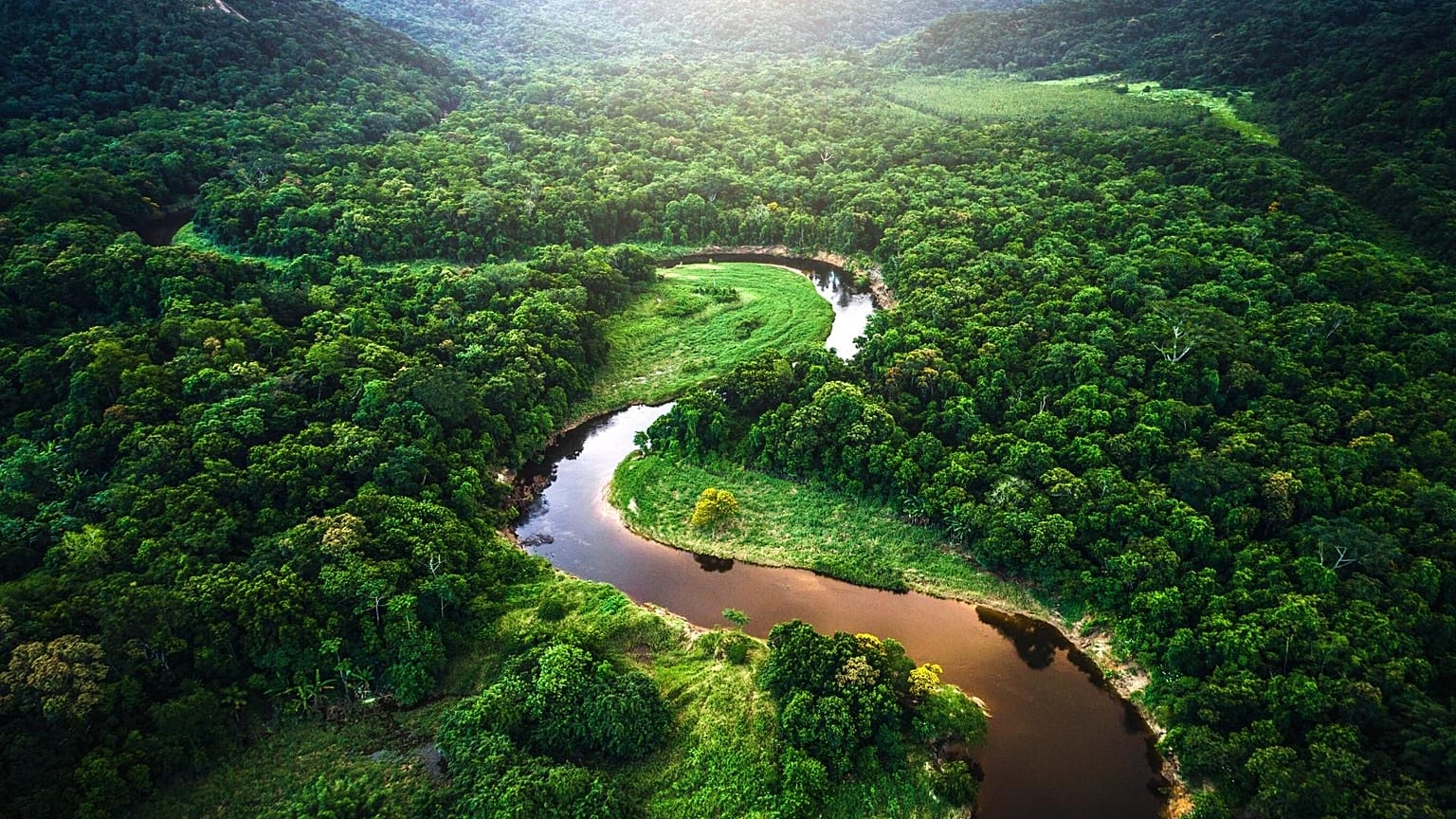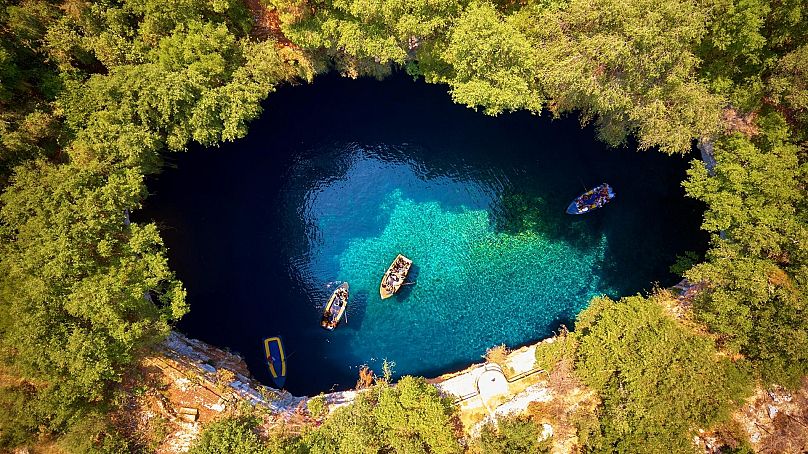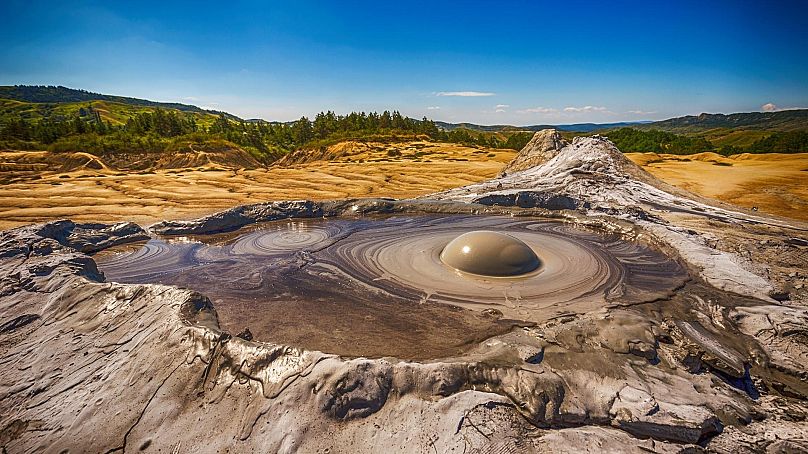These ecotourism hotspots are now UNESCO approved, this is why you should visit them.
Praised for their “geological heritage", UNESCO’s list of Global Geoparks is a comprehensive roster of some of the world’s most beautiful natural sites.
Characterised by their scenery, ecology and local communities, these protected areas are spread across the world - from the tropical islands of Indonesia to the volcanic peaks of Peru.
And with conservation now more important than ever, eight new sites have been added to the list. It takes the tally to 177 locations in 46 different countries.
“It's much more than a label,” says Kristof Vandenberghe, Chief of Earth Sciences and Geo-Hazard Risk Reduction at UNESCO.
“It's really a recognition of geological sites of international value, to celebrate their unique heritage and their unique landscapes.”
What exactly is a Global Geopark?
UNESCO’s Global Geoparks are single, unified areas balancing conservation with development. Through clever management policies and community involvement, the sites seek to retain their unique heritage while enjoying the economic benefits of sustainable tourism.
“Geoparks are not only here for conservation and preservation, but also to foster geotourism or ecotourism,” says Vandenberghe.
“This means locals not only make a living out of the area, but also develop pride by connecting them with the management of the park itself.”
Vandenberghe hopes the new additions to the list can benefit from a boost in tourism while encouraging local communities to engage with conservation projects on the ground.
“You cannot express everything in monetary value,” he continues. “A lot of this is linked to identity, and people are now discovering how connected they really are to their landscapes.”
Where are UNESCO’s new Global Geoparks?
UNESCO’s eight new Global Geoparks are spread across seven different countries.
From the rainforests of Brazil to the cold climes of Scandinavia, each location boasts a unique ecosystem and heritage.
The eight new UNESCO Global Geoparks are:
- Seridó UNESCO Global Geopark, Brazil
- Southern Canyons Pathways UNESCO Global Geopark, Brazil
- Salpausselkä UNESCO Global Geopark, Finland
- Ries UNESCO Global Geopark, Germany
- Kefalonia-Ithaca UNESCO Global Geopark, Greece
- Mëllerdall UNESCO Global Geopark, Luxembourg
- Buzău Land UNESCO Global Geopark, Romania
- Platåbergens UNESCO Global Geopark, Sweden
Watch the video above to find out more about UNESCO’s Global Geoparks.




















